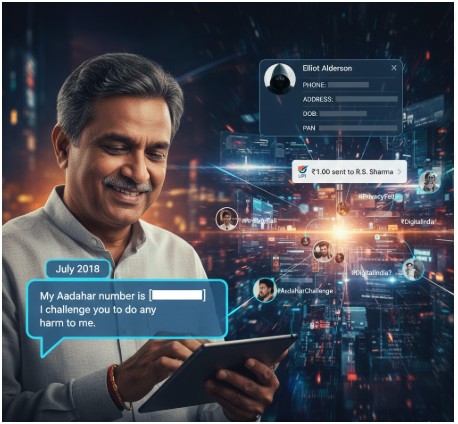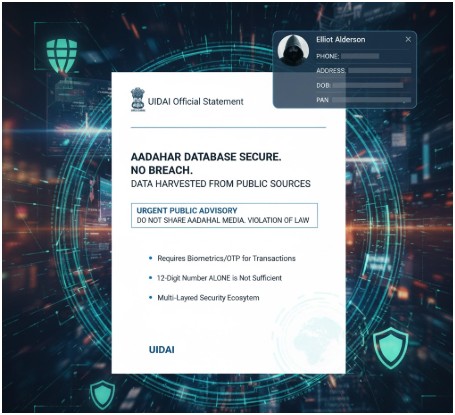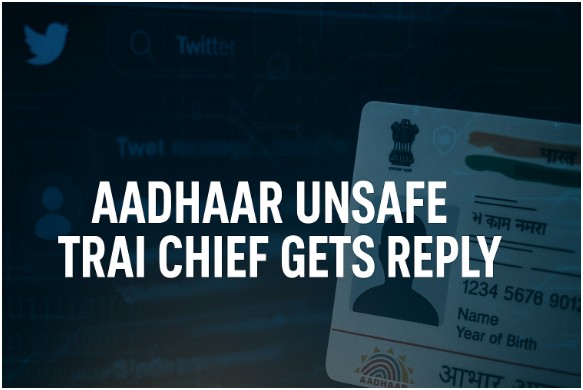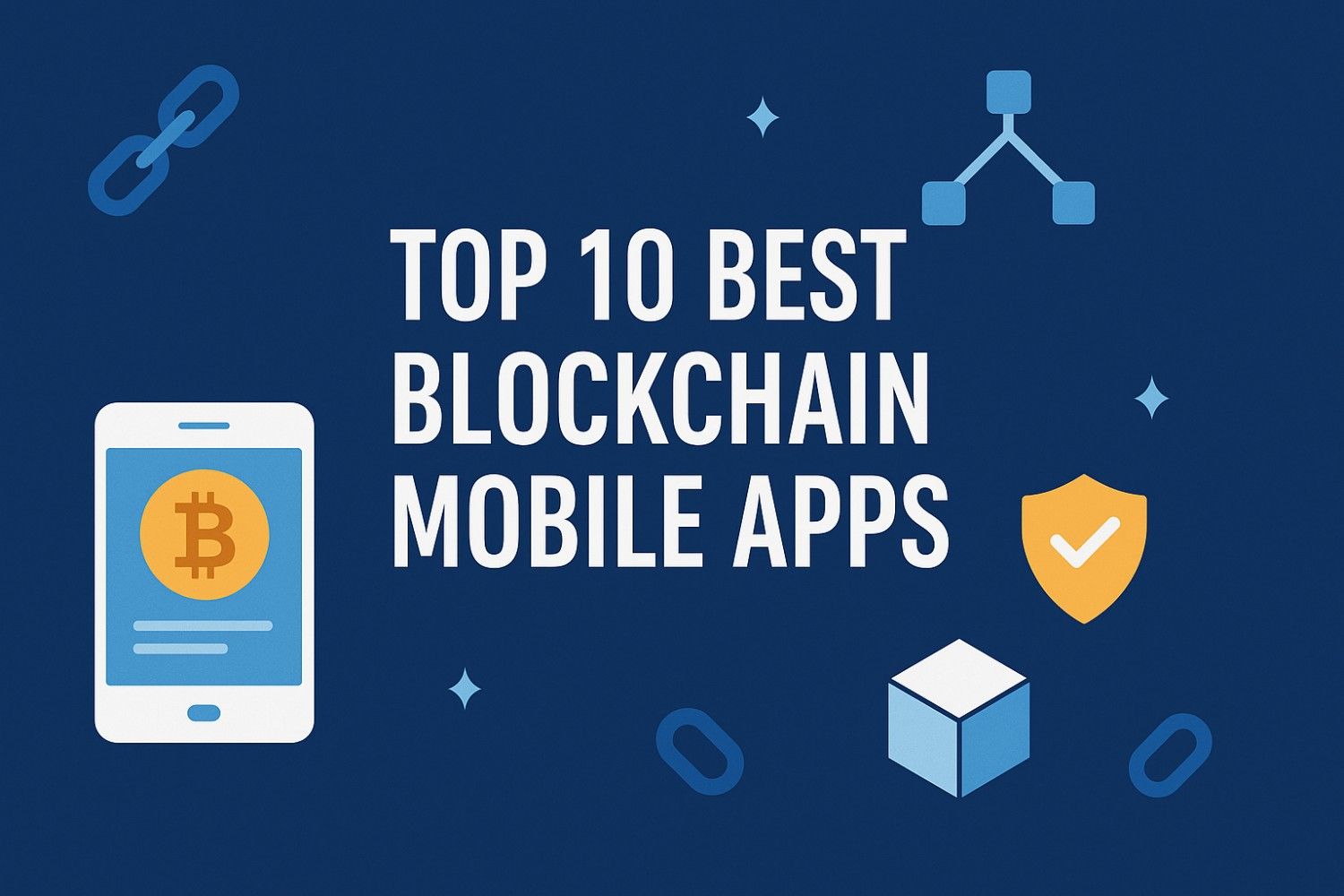The Tweet That Started It All
I still remember scrolling through Twitter one evening in 2018 when something wild caught my eye — a tweet from R.S. Sharma, the then-chairman of TRAI (Telecom Regulatory Authority of India). He had publicly posted his 12-digit Aadhaar number and boldly challenged the world: “Do any harm to me.”
My first thought? “Oh no, this won’t end well.” And sure enough, the internet didn’t disappoint. Within hours, security researchers and hackers were on the case. What unfolded next became one of India’s most talked-about cybersecurity moments — one that made headlines everywhere under the phrase Aadhaar Unsafe TRAI Chief Gets Reply.
As someone who’s always curious about digital privacy and tech controversies, I found this saga fascinating. It wasn’t just about one man’s challenge — it was about the bigger picture of how we handle personal data in a hyper-connected world.
What Was the “Aadhaar Unsafe TRAI Chief Gets Reply” Challenge All About?

R.S. Sharma, known for his strong advocacy of the Aadhaar system, wanted to prove a point. He believed the 12-digit Aadhaar number alone couldn’t compromise anyone’s privacy or security. So, in July 2018, he tweeted it out — confident that nothing bad could happen.
But Twitter had other plans. Within hours, a French ethical hacker who went by the alias Elliot Alderson (a nod to the Mr. Robot character) stepped in.
Using open-source intelligence, he uncovered several of Sharma’s personal details — including his phone number, home address, date of birth, and even his PAN card number.
To make matters more dramatic, another user demonstrated how easy it was to send money to Sharma’s Aadhaar-linked account via UPI.
They transferred a symbolic ₹1, showing that anyone could link or misuse publicly shared identifiers in unpredictable ways.
What started as a confident defense of Aadhaar suddenly turned into a viral debate about whether India’s most ambitious identity project was truly safe.
What Did the TRAI Chief Say After the Incident?

To his credit, Sharma didn’t back down. He maintained that nothing “harmful” had happened. His argument was simple: all the details exposed online were already public due to his long-standing career in government.
In other words, hackers didn’t access the Aadhaar database — they simply gathered information already available online.
He wasn’t wrong there. In fact, it’s entirely possible to collect surprising amounts of personal data through public government records, leaked documents, and basic social media footprints.
But the real issue wasn’t about whether Sharma was harmed. The real issue was the message this challenge sent to millions of Aadhaar users — that linking all your information through one number, even if secure, creates a potential risk if it falls into the wrong hands.
What Was UIDAI’s Response to the “Aadhaar Unsafe TRAI Chief Gets Reply” Buzz?
The Unique Identification Authority of India (UIDAI) wasted no time stepping in. Their official statement confirmed that the Aadhaar database had not been breached.
They explained that the data revealed was gathered from publicly available sources, not from the government’s central servers.
Still, UIDAI didn’t take Sharma’s tweet lightly. They issued a public advisory, warning people not to share their Aadhaar number on social media or challenge others in similar ways.
According to the Aadhaar Act, the number is sensitive personal information, and displaying it publicly is a violation of law.
The UIDAI’s clarification was clear: the Aadhaar ecosystem is designed with multiple layers of security. Simply knowing someone’s number doesn’t grant access to their financial or biometric data.
To perform any Aadhaar-based transaction, one needs biometric authentication or an OTP — not just the 12-digit number.
Still, that didn’t calm the storm. The incident became a case study in digital privacy risks — one that continues to be discussed even today.
What Did the “Aadhaar Unsafe TRAI Chief Gets Reply” Episode Teach Us About Data Privacy?
For me, this event felt like a wake-up call. Not because it exposed Aadhaar’s technical flaws — but because it revealed how vulnerable our digital lives are when personal data is scattered across systems.
Even if the Aadhaar database is secure, the ecosystem surrounding it isn’t always airtight. Think about it: our Aadhaar number connects to our bank account, PAN, phone number, and more. So, even if one source leaks, it can create a domino effect.
Here’s a simple way to look at it:
| Aspect | Secure Component | Vulnerability |
| Aadhaar Database | Protected and encrypted | Hard to breach |
| Linked Public Data | Often accessible online | Easy to piece together |
| Financial Systems | Require authentication | Still exposed to social engineering |
| User Awareness | Inconsistent | Major weak spot |
In short, the incident showed that privacy breaches don’t always happen through hacking — sometimes, oversharing and poor data hygiene can cause just as much trouble.
How Can You Stay Safe While Using Aadhaar?
After following this entire saga, I made a few changes myself. If you’re someone who uses Aadhaar regularly — for KYC, SIM cards, or UPI — here are some habits I’ve found helpful:
1. Never share your Aadhaar number publicly.
Even if it seems harmless, it’s best treated like your credit card number — private and personal.
2. Lock your biometrics.
UIDAI allows you to temporarily lock/unlock your biometrics via their website or mAadhaar app. This prevents unauthorized use.
3. Use the “Masked Aadhaar” feature.
You can download a masked version of your Aadhaar that hides the first eight digits. Use this wherever full disclosure isn’t necessary.
4. Stay alert about Aadhaar-linked accounts.
Regularly check your Aadhaar authentication history through UIDAI’s site to track where it’s been used recently.
Staying safe online isn’t about paranoia — it’s about awareness. The TRAI chief’s challenge may have been bold, but it reminded all of us that digital trust requires digital caution.
FAQs About Aadhaar Unsafe TRAI Chief Gets Reply
Q1. Was R.S. Sharma’s Aadhaar account actually hacked?
No. There was no hacking of the Aadhaar database. The information revealed about him came from public sources and not from any Aadhaar servers.
Q2. Did anyone lose money because of this incident?
No financial loss occurred. The ₹1 transfer made to Sharma’s Aadhaar-linked account was a demonstration, not a theft.
Q3. Is it legal to share your Aadhaar number on social media?
No. Under the Aadhaar Act, publicly displaying your Aadhaar number is considered a violation of privacy and may attract legal consequences.
Q4. Is the Aadhaar database truly safe?
Yes, the central database is protected with advanced encryption and multi-layer security. However, risks arise from third-party databases or human errors in handling linked information.
When Curiosity Meets Caution – My Final Take
Sometimes, challenges meant to prove security end up proving something else — that technology is only as safe as the people who use it.
The whole Aadhaar Unsafe TRAI Chief Gets Reply episode taught me that privacy isn’t about secrecy; it’s about control. You don’t need to be a hacker or a government official to protect your data — just a little more careful and informed.
So the next time someone posts a “nothing to hide” tweet, maybe remind them: even a bold move can become a digital cautionary tale. Stay smart, stay private, and don’t give the internet more than it needs to know.




